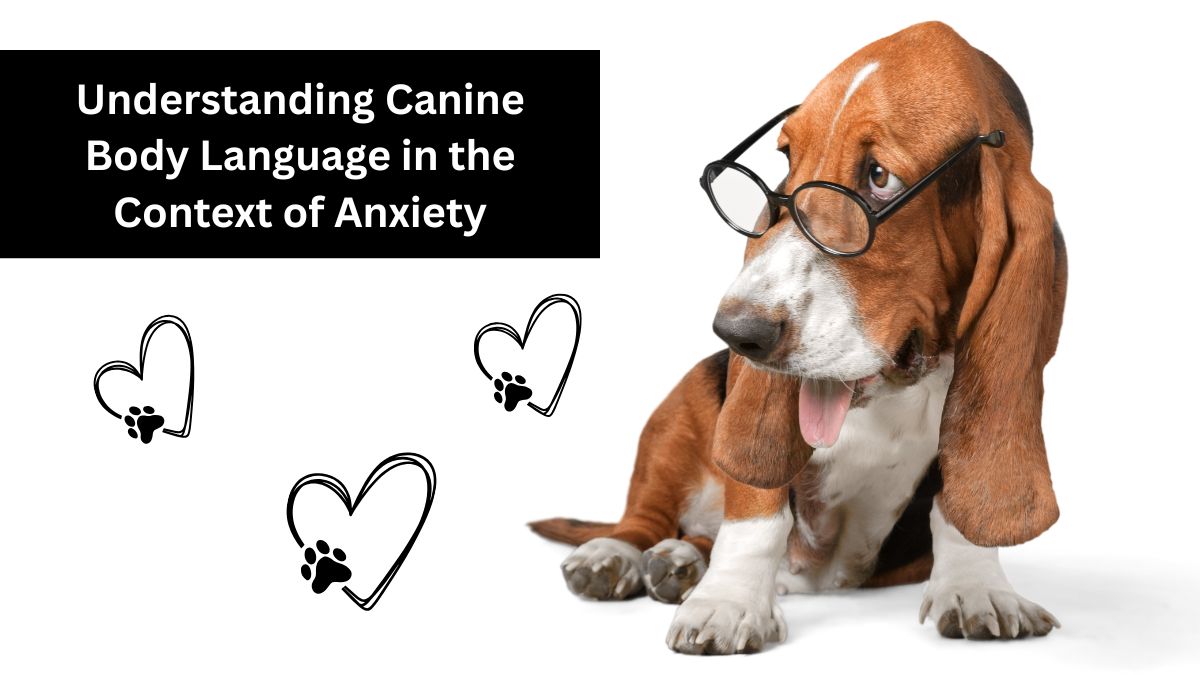Understanding Canine Body Language: A Guide for Dog Guardians

Understanding your dog’s body language is crucial for effective separation anxiety training and fostering a safe environment.
Dogs communicate their feelings and discomfort through various signs and signals, and recognizing these can help prevent them from reaching a state of panic or anxiety.
The Importance of Thresholds
In training, the concept of “thresholds” is vital. This refers to the point at which a dog begins to panic. Before reaching this point, dogs often display behaviors indicating that they are struggling or feeling uncomfortable. By understanding and recognizing these signs, you can intervene before your dog goes over threshold, keeping them in what I like to call the "safe zone"—a state where they feel secure and calm, even when alone.
Observing Your Dog
One of the most effective ways to understand your dog is to simply observe them. Each dog is unique, and their reactions can vary widely. Here are some key signs to watch for:
- Lip Licking and Darting: While dogs might lick their lips after eating or drinking, frequent lip licking can indicate anxiety or stress. Pay attention to the context to determine the cause.
- Yawning: Yawning can serve as a calming signal for dogs. If your dog yawns after waking up, it’s likely just a natural behavior. However, if they yawn during stressful situations, it may indicate anxiety.
- Shake Off: Dogs often shake off after lying down or when they’ve been in the water. But outside of these times, it can also be a way to release tension in the way we might shaking out shoulders for the same reason. It should be observed alongside other behaviors to gauge their emotional state.
- Scratching and Licking: Excessive scratching can be a sign of discomfort due to allergies or anxiety. Context is key here; if there are no known allergens, it might be a sign of stress.
- Sniffing: Dogs sniff for various reasons. It can indicate curiosity or an attempt to gauge their environment and how long you have been gone (by smelling your scent in the air), but it can also be a displacement behavior when they feel uncomfortable.
- Playing: While play is generally a good sign, it’s important to observe the intensity. Is your dog playing happily, or does the play seem frantic? Recognizing their normal play behavior is crucial. I always say play and panic cannot exist in the same world - but the caveat is ... is your dog having fun or is it downloading stress into a toy, for example.
- Digging: This can indicate boredom or stress. If your dog is digging excessively, especially around exit points, it may also be a sign of anxiety.
- Panting: Dogs pant for various reasons, including heat or after exercise. However, if accompanied by drooling or other signs, it could indicate stress.
- Tucked Tails and Flattened Ears: These are classic signs of discomfort. Knowing your dog’s normal tail and ear positions can help you recognize when they’re feeling uneasy.
- Hiding and Freezing: If your dog hides or freezes in place, it can indicate significant discomfort or fear.
Context Matters
Understanding context is essential in interpreting these signals. A behavior that might seem concerning in one situation could be completely normal in another. For example, a dog lifting a paw might be curious, hurt, or asking for a treat—context will guide your interpretation.
Building Awareness
Take time to observe your dog in various situations. Record their behavior during play or other interactions and analyze the footage. This can provide valuable insights into their body language and emotional state.
One Last Thing
If you do see one of these subtle signs of anxiety and it is in isolation, first check for context and then check for other signs. If it is just a case of eg a dog licking its lips and nothing else, don't worry too much - just make a note of it. However, if there are several signs of anxiety then this is definitely cause for concern and a good reason to end the training session (but preferably before we even see these occur).
By becoming attuned to your dog’s signals, you’ll be better equipped to prevent anxiety and foster a supportive environment. Understanding their unique patterns will empower you to recognize when they are approaching their threshold and intervene appropriately.
In conclusion, the more you observe and understand your dog’s body language, the more effective you’ll be in supporting them through their training and helping them feel safe.
If you have any questions or need further assistance regarding separation anxiety in dogs, feel free to reach out at hello@nessjones.com.
If you are interested in learning more about my membership program CLICK HERE!
Your journey with your dog is important, and I’m here to help!
 Ness Jones
Ness Jones 
